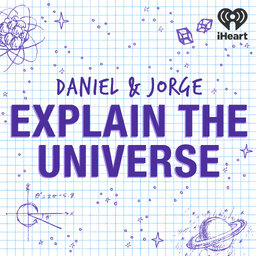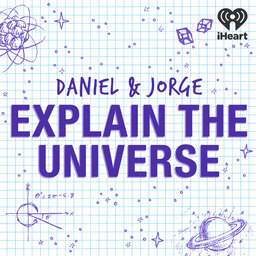What is the future of exoplanet research?
Daniel and Jorge talk to planet hunter Dr. Jesse Christiansen about what we have learned and what we might learn about exoplanets!
Learn more about your ad-choices at https://www.iheartpodcastnetwork.com
See omnystudio.com/listener for privacy information.
 Daniel and Jorge Explain the Universe
Daniel and Jorge Explain the Universe


